With the price of fuel reaching record levels, drivers are searching for ways to save money.
One of the key bits of advice is to drive more slowly than the speed limit – around 55mph to be precise.
But does the technique work?
I tried it out on three journeys to find out.
How my test worked
I picked three work journeys to test the theory.
I drove one way at around 55mph, returning at around 70mph where it was legal to do so.
I drove a Ford Focus and recorded every measurement it would allow: average speed, miles to empty, miles per gallon and trip odometer.
I used the same car for each journey and filled the tank each time to create as much consistency as possible.
Though I’m conscious it’s far from an exact science with other variables such as weather and traffic.
Petrol is currently selling at around 170p per litre, according to the RAC.
So I based my sums on that once I had worked out how much fuel the car had used on each journey.
Edinburgh to Kirkcaldy
Crossing over the Queensferry Bridge is a daily journey for many commuters in south Fife.
After the slower leg of the 47-mile journey, the miles per gallon reading was 55.9. That means I burned around £6.50 worth of fuel on that trip.
When driving faster, it was 47.4mpg. That means I used around £7.70 driving at the higher speed.
So the go slow saved me £1.20. Or £2.40 on the whole journey if I’d stuck to the slower speed throughout.
Inverkeithing to Dundee
I took a 51 mile journey here.
After the 55mph drive the reading was 59.6mpg. I used around £6.62 worth of fuel.
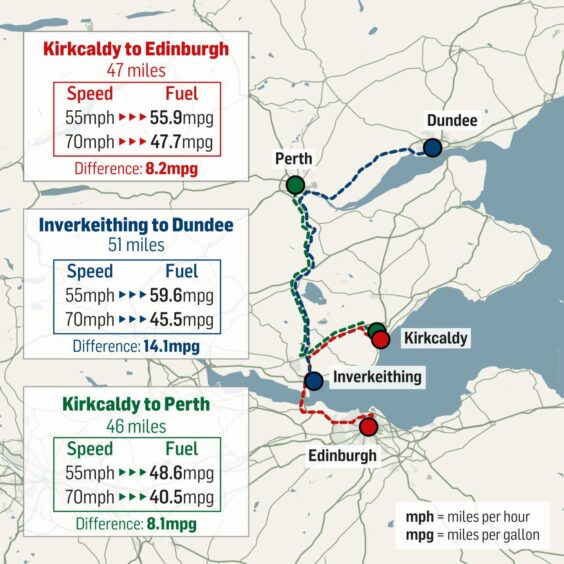
On the way back with the pedal to metal (but still adhering to all road laws, of course) the reading was 45.5mpg. Or £8.67 of fuel.
So the go slow could have saved me around £4.10 over both legs of the journey.
Kirkcaldy to Perth
The 46-mile drive between Kirkcaldy and Perth via the M90 takes around 50 minutes.
While driving slower, the car was giving me 48.6mpg. That’s £7.32 in petrol.
When going faster down the M90, it was 40.5mpg, using up just over eight miles per gallon more. A journey cost of around £8.79.
So my potential saving here is around the £2.93 mark.
What did I learn?
In hard times, every little helps.
And my experiment showed you can save a moderate amount of cash, should you have the inclination.
My results suggested you can get about 10mpg more out of your tank by driving around the 55mph mark.
But for those looking to tackle the cost of living crisis, you’ll have to be prepared to be overtaken by numerous vehicles.
And if you’re anything like me, the patience that requires will be testing.
Although you will feel better knowing that you’re saving money and fuel at a time when both are precious.
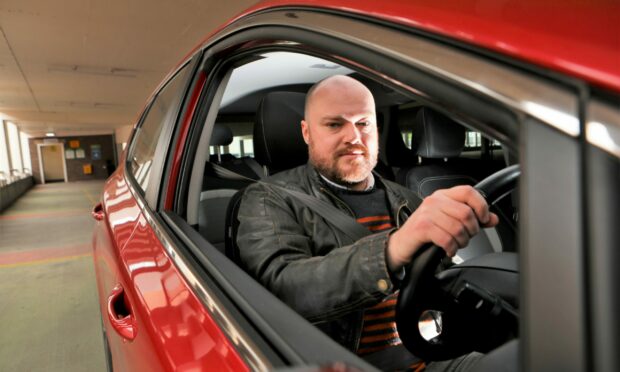
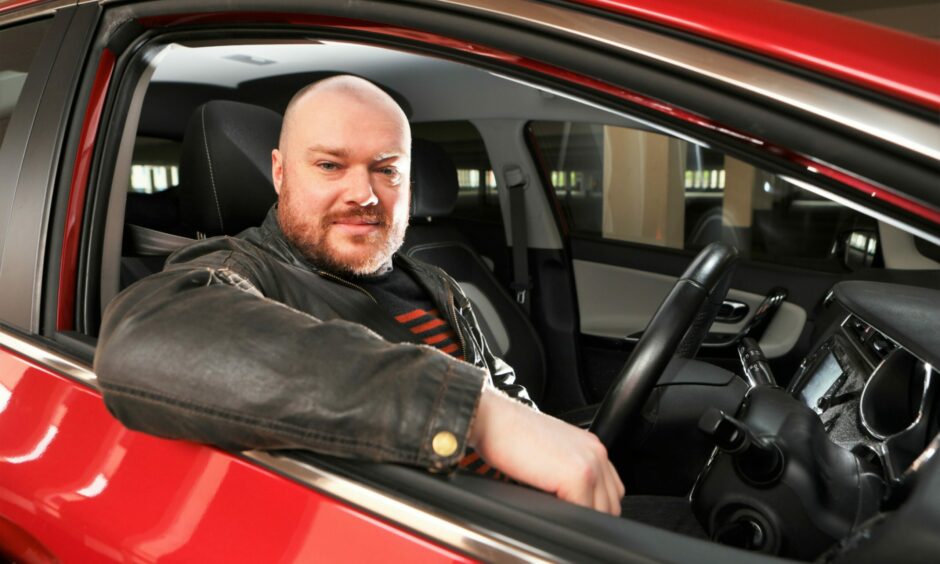


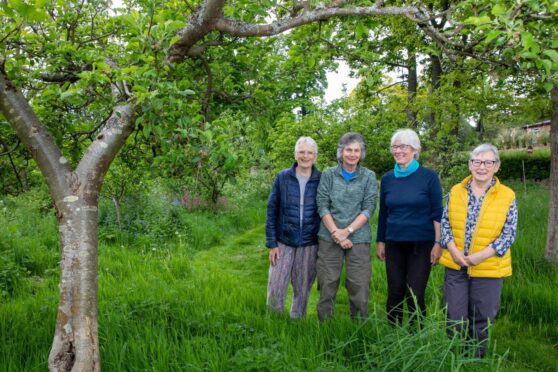
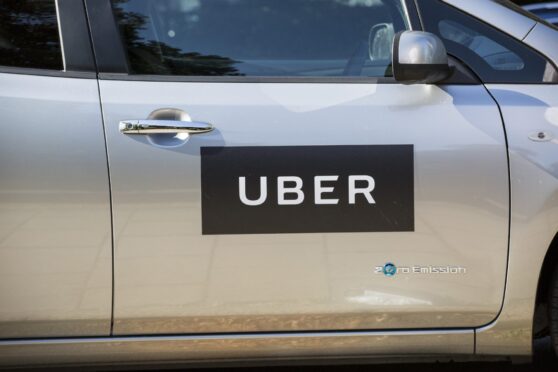
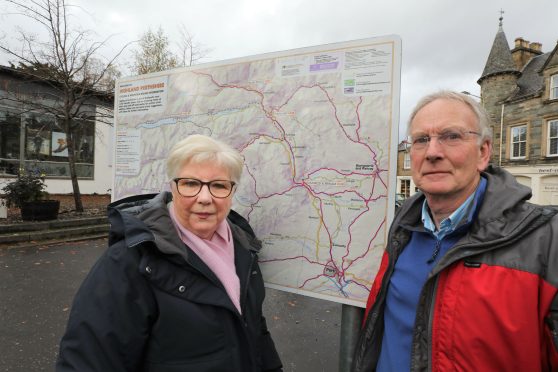
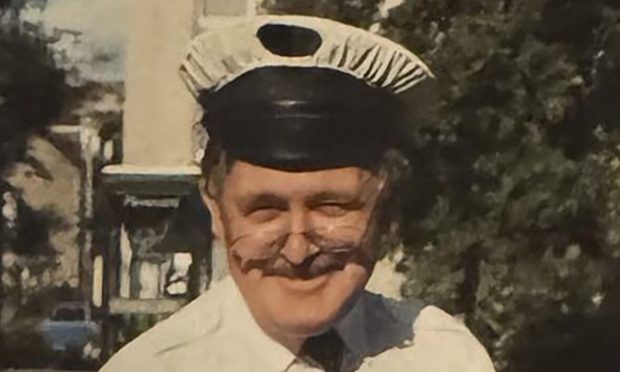

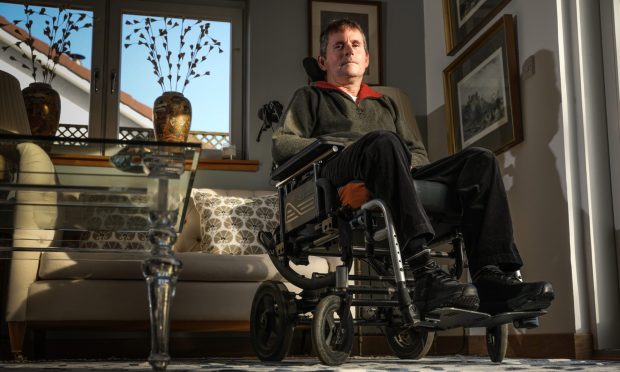

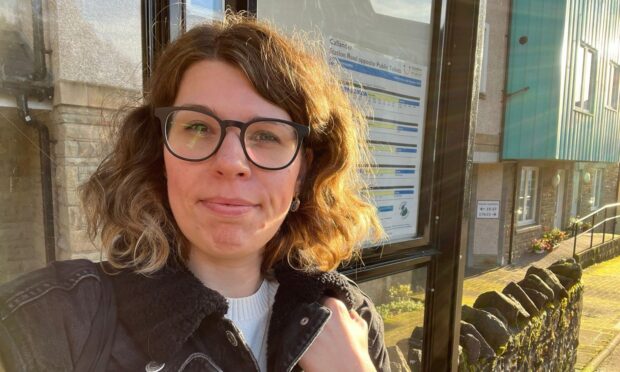
Conversation